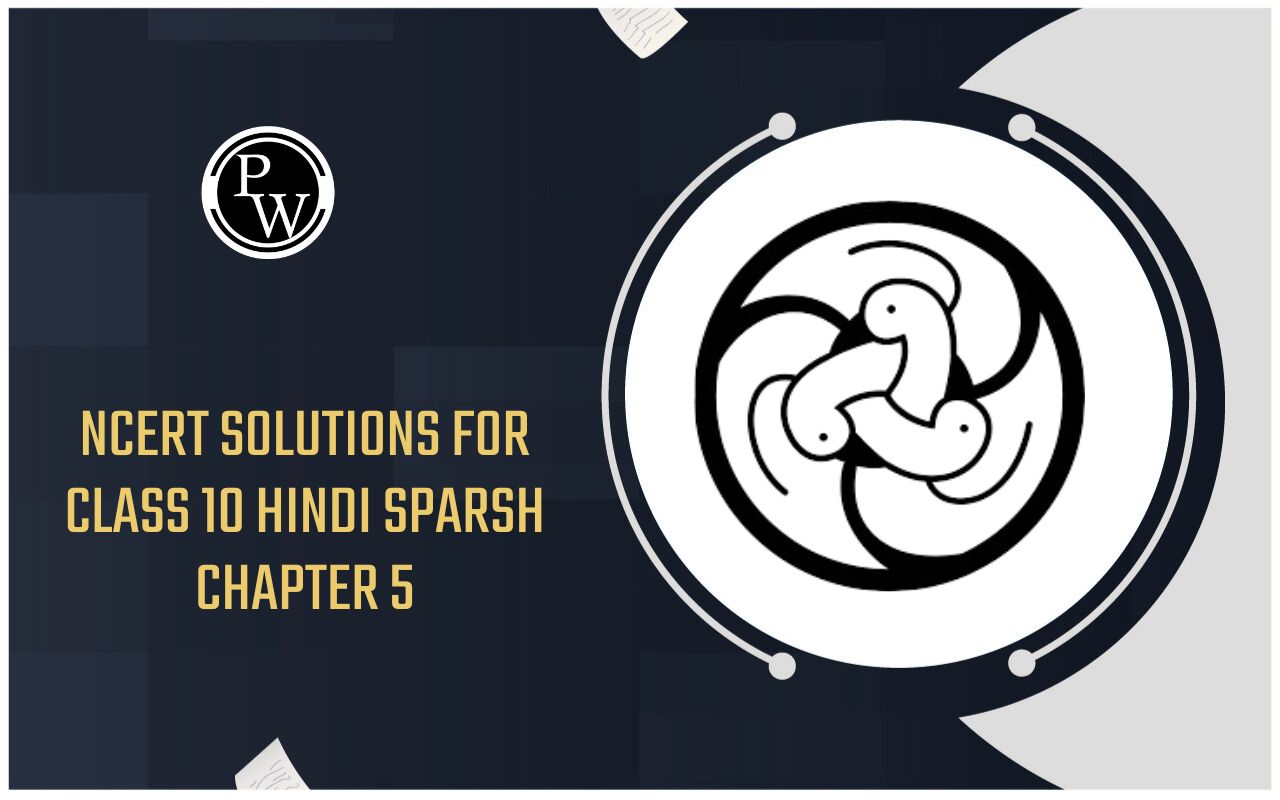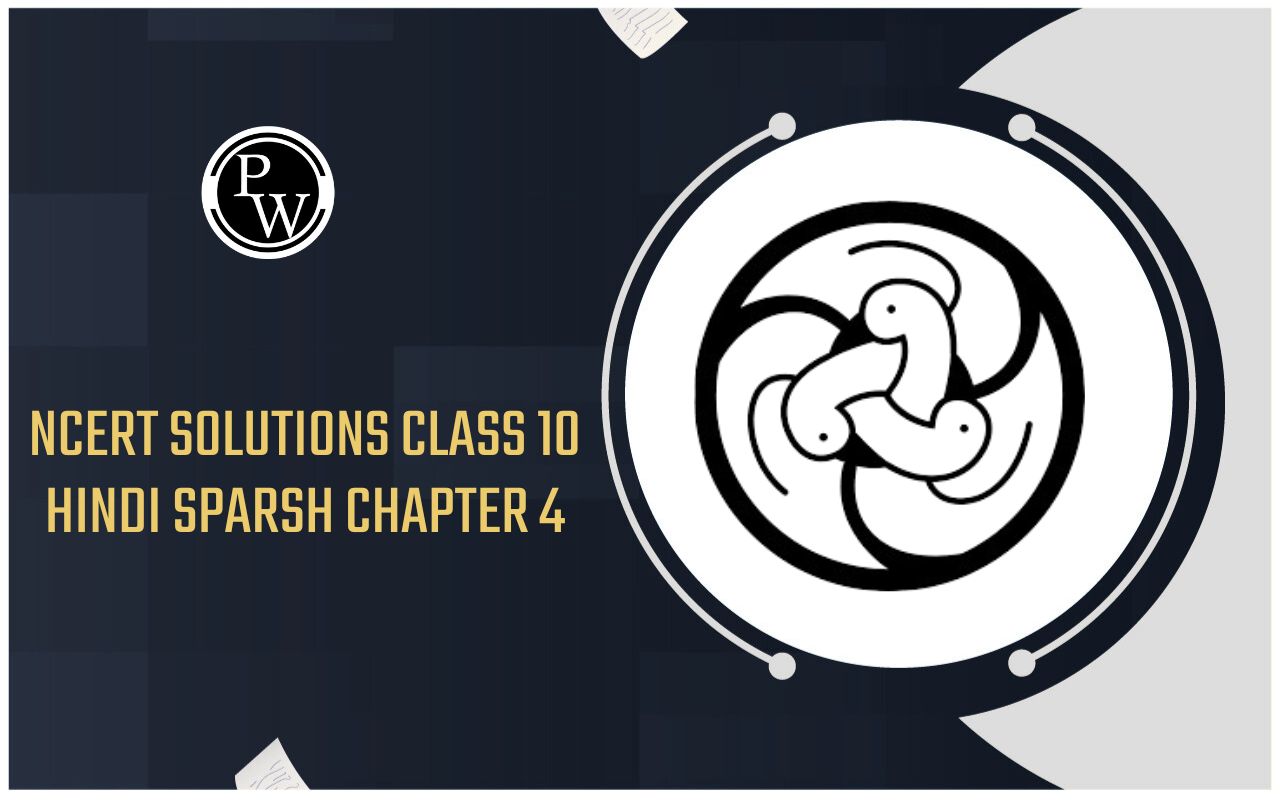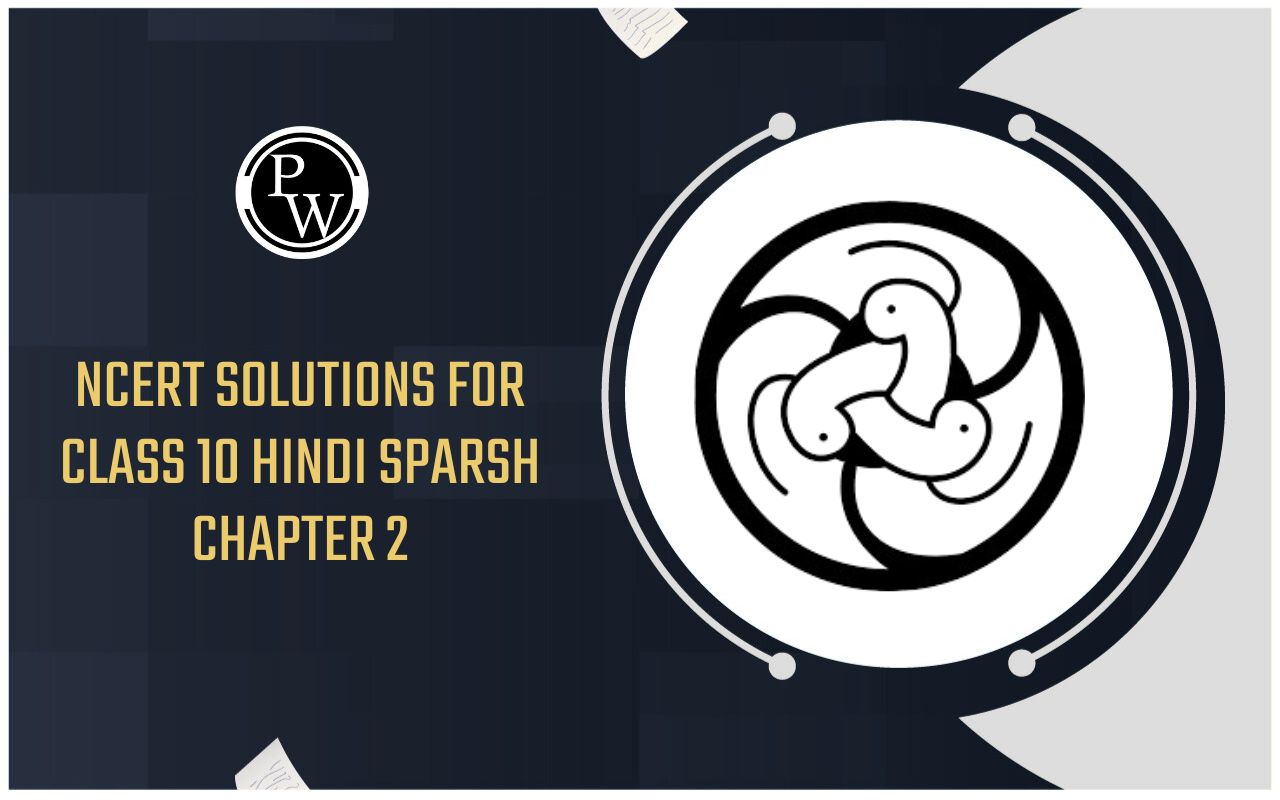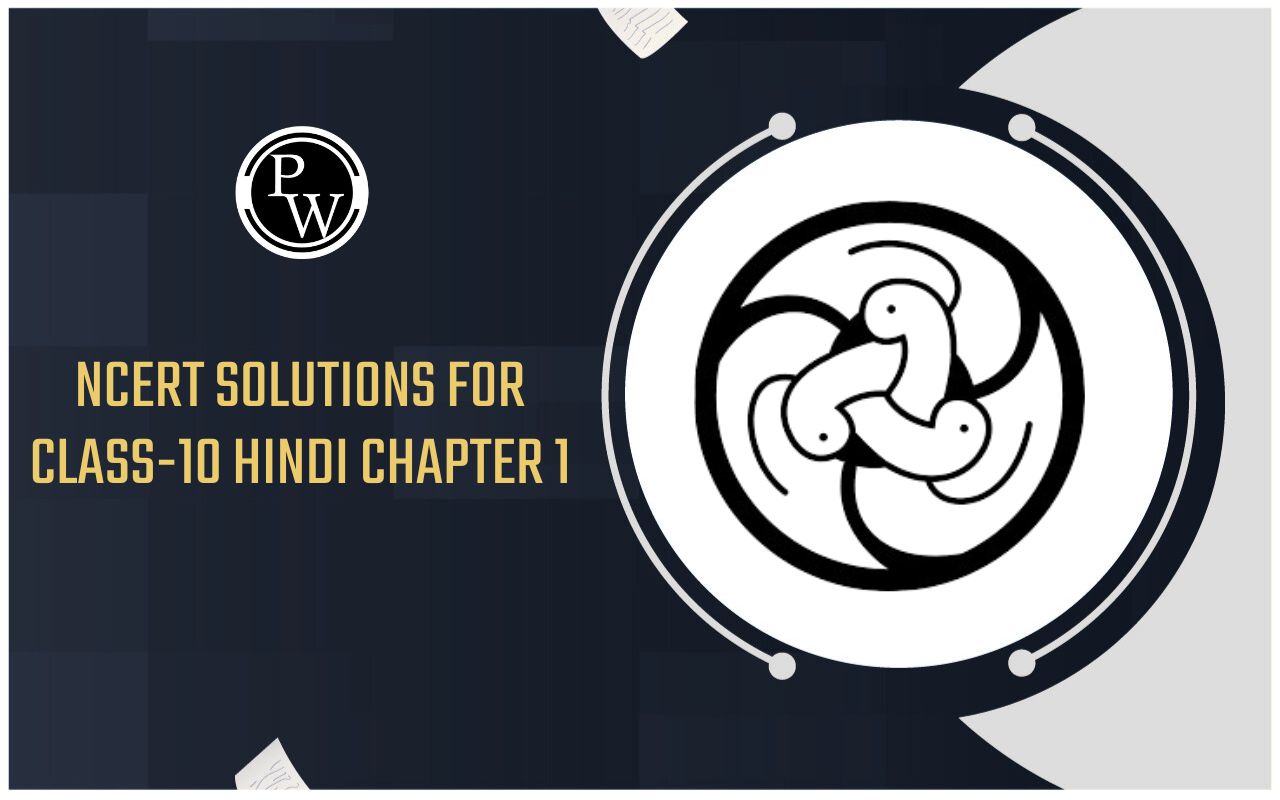
Rate of Reactions
Aug 26, 2022, 16:45 IST
About Rate of Reactions
What is Rate
Chemical Kinetics is the branch of science that deals with rate of reaction, factors affecting the rate of reaction and reaction – mechanism.Different reactions occur at different rate. On the basis of rate, reactions are classified as.
Instantaneous or extremely fast reactions i.e. reactions with half-life of the order of fraction of second.Extremely slow reactions i.e. reactions with half-life of the order of years.
Reactions of moderate or measurable rate.
How to calculate Rate of reaction
The rate of a reaction means the speed with which the reaction takes place. This is expressed either in terms of decrease in the concentration of a reactant per unit time or increase in the concentration of a product per unit time., the overall rate is an average rate and the rate at which the car was moving at any instant, called instantaneous rate. The rate measured over a long time interval is called average rate and the rate measured for an infinitesimally small time interval is called instantaneous rate.
About Average rate of reaction
The rate measured over a long time interval is called average rate. The rate of reaction (average rate) is defined as the change of concentration of any one of the reactants (or products) per unit time.
About Instantaneous rate
With the progress of reaction the conc. of reactants decreases while that of product increases. According to law of mass action the rate of reaction decreases moment to moment as shown by graph of rate vs. time.Rate varies from moment to moment so rate of reaction has to be specified at a given instant of time called instantaneous rate
Units of the rate of reaction
Since concentration is usually expressed in moles / time and time is taken in seconds or minutes, the unit of the rate of reaction is moles or or moles
Factors affecting the rate of reaction
The most important factors which influence the rate of reaction are concentration, temperature and catalyst.
1. Concentration
In the case of most of the reactions, the rate of a reaction increase with the concentration of their reactants. The reason can be explained on the basis of collision theory. With the increases in the concentration of the reactants, the number of reactant molecules per unit volume increases thereby increasing the number of effective collisions. With the increase in the collision frequency, the rate of reaction increases.
2. Temperature
In general, the rate of reaction increases with the increase in temperature. With the increase in temperature, the kinetic energy of the reactant molecules increases. Therefore, more number of molecules acquires threshold energy and this result in more effective collisions.
3. Catalyst
A catalyst is a substance which alters the rate of a reaction without undergoing any net change in its composition. A catalyst alters the rate of reaction by making the reaction to take place in an alternative pathway. Generally, most of the catalysts reduce the activation energy of the reaction. Since the alternative reaction path is associated with lower activation energy, more number of effective collision take place and hence greater is the rate of reaction. In most of the reactions, catalysts (e.g. magnetite ore (Fe3O4)) increase the rate of reactions. These are called positive catalyst.There are few reactions in which catalysts decrease the rate of reaction. There are called negative catalysts.Glycerin, urea, acetanilide, sodium pyrophosphate decrease the rate of the decomposition of H2O2 and hence act as stabilizers for H2O2. Though it is possible to increase the rate of reaction by increasing the temperature, the use of catalyst has a lot of significance in the industrial processes. This is because carrying out a process at a lower temperature in the presence of catalyst reduces the cost of production to a large extent. Increasing the temperature is not feasible in the case of some reactions.
4. Surface area of the reactants
For a reaction involving a solid reactant or catalyst, the smaller is the particle size, i.e., greater is the surface area, the faster is the reaction.
5. Presence of light
H2 + Cl2 2HCl
Some reactions do not take place in the dark but take place in the presence of light as given above. Such reactions are called “Photochemical reactions. Now we shall discuss the quantitative effect of concentration on the rate of reaction that leads tointroduction of a number of new terms such as order of reaction, specific reaction rate (rate constant) and molecularity of reaction. It also leads to the study of mechanism of the reactions. These different aspects are discussed in the following sections.









